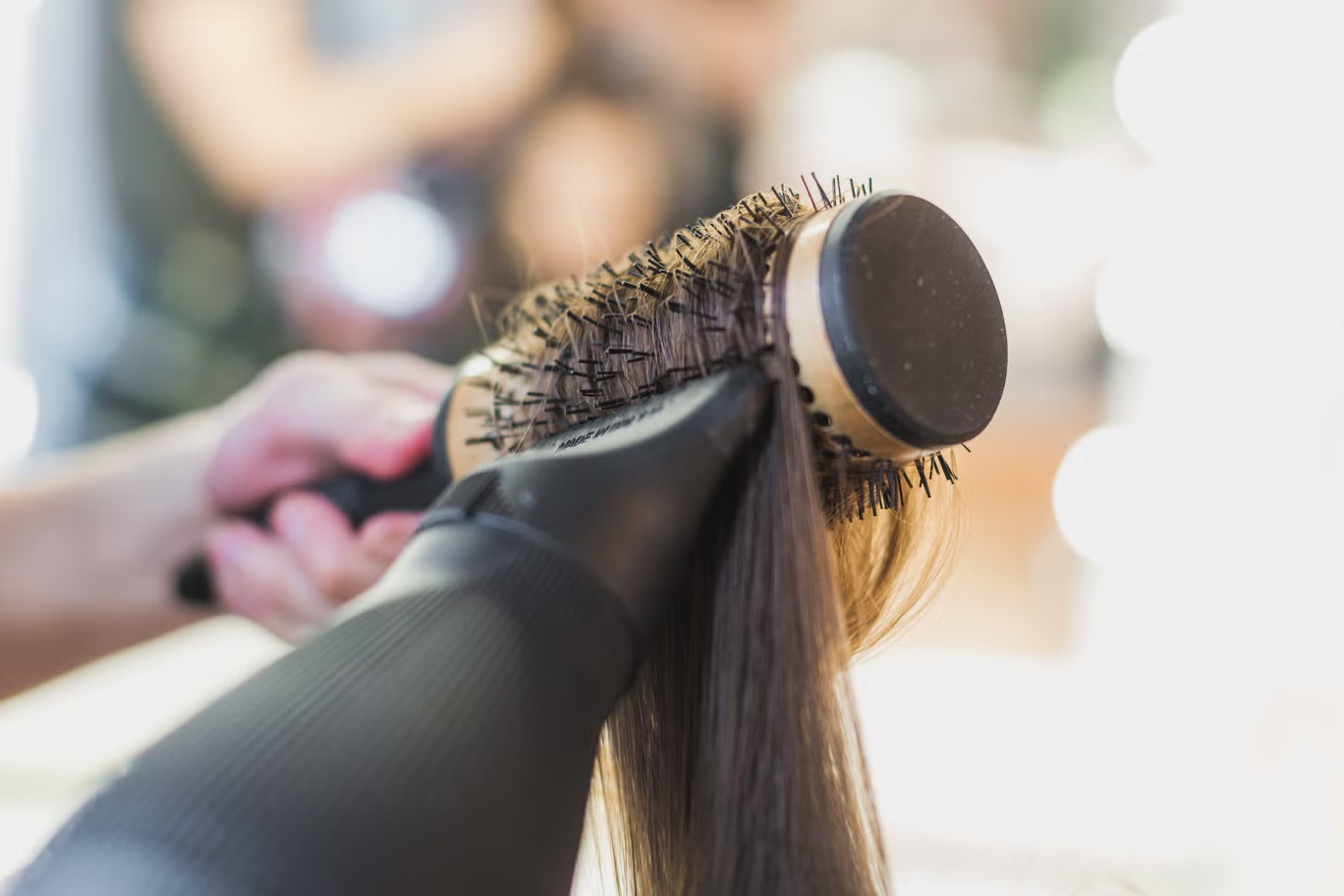Is your hair looking greasy or feeling weighed down lately? The culprit might be closer than you think—your hairbrush.
Regularly cleaning your hairbrush is an essential, but often overlooked, step in maintaining healthy hair. As expert trichologist Anabel Kingsley explains, hairbrushes accumulate more than just hair. “They become coated in products, bacteria, environmental pollution, sweat, oils, and dead skin cells that are found on your hair and scalp.”
Why Cleaning Your Hairbrush Matters

While brushing your hair is an essential step in detangling and styling, it also helps distribute sebum (the natural oil from your scalp) to maintain your scalp’s pH balance. If your brush is dirty, it will transfer dirt and oils back onto your scalp, potentially disrupting the delicate balance and leading to issues like inflammation, irritation, and dandruff.
Keeping your hairbrush clean isn’t just about hygiene—it’s about maintaining the health of your hair and scalp.
How Often Should You Clean Your Hairbrush?
According to Kingsley, your hairbrush should be cleaned every two to four weeks. “Just like you clean your makeup brushes regularly to remove grime, you should be doing the same with your hairbrush,” she advises. “If you use a dirty brush, you’re transferring dirt, oils, and buildup back onto your strands and scalp.”
Celebrity stylist Michael Douglas suggests that if you use hot tools often, like blow dryers, you should clean your brush every 20 blow dries to prevent product buildup.
How to Properly Clean Your Hairbrush
Wondering how to clean your hairbrush? Kingsley has outlined a simple, step-by-step guide to make the process easy and effective:
- Remove Hair Strands: First, use a wide-tooth comb or your fingers to gently remove any hair that’s stuck in the bristles.
- Wash Your Brush: Fill a container or sink with warm water and add your regular shampoo, or use a mixture of 2 tablespoons of baking soda and 2 cups of warm water. Submerge your brush for 10 to 15 minutes. For wooden brushes, quickly dip the prongs in soapy water—avoid soaking them entirely to prevent damage.
- Scrub Between Bristles: Use an old toothbrush to gently scrub between the bristles to remove any product buildup.
- Rinse Thoroughly: Rinse the brush with clean water and shake out the excess. If you’re cleaning a paddle brush, gently squeeze any remaining water out of the base.
- Air Dry: Leave your brush to dry completely on a hand towel or dish rack. Avoid using a blow dryer, as this can warp the bristles and damage the brush. Air drying may take anywhere from 12 to 24 hours, depending on the type of brush.
For barrel brushes, Douglas recommends using a slim comb to remove hair wrapped tightly around the barrel. Comb up through the bristles along the length (not width) of the barrel in one long motion to pull out the strands.
Conclusion
A clean hairbrush isn’t just about aesthetics—it’s a vital part of your hair care routine. By removing buildup and grime, you help maintain the health of your scalp and prevent issues like greasy hair, dandruff, and irritation. So, the next time you’re thinking about brushing your hair, make sure to give your brush the care it deserves.





